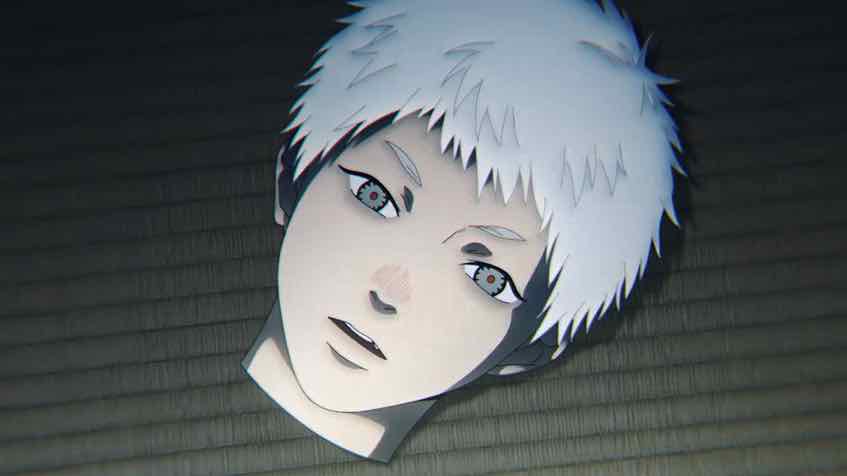 There are a lot of threads that come together to make Hikaru no Shinda Natsu. The character story is a compelling one, and it’s beyond dispute that there are a lot of allegorical elements to this story. But the foundation is unquestionably the horror-mystery. Cast in the great tradition of Japanese fiction, it incorporates all the familiar elements of such works and imagines them in a way that feels both familiar and fresh. Getting the details down is a huge part of making a story like that work, and I think Hikaru does so very well. The lore here is just so extensive – my sheaf of notes on this episode alone is half a page long.
There are a lot of threads that come together to make Hikaru no Shinda Natsu. The character story is a compelling one, and it’s beyond dispute that there are a lot of allegorical elements to this story. But the foundation is unquestionably the horror-mystery. Cast in the great tradition of Japanese fiction, it incorporates all the familiar elements of such works and imagines them in a way that feels both familiar and fresh. Getting the details down is a huge part of making a story like that work, and I think Hikaru does so very well. The lore here is just so extensive – my sheaf of notes on this episode alone is half a page long.
 That said, there are times when I frankly struggle keeping all those names and legends straight, even with the manga. Nonuki, Unuki, Uronuki – so many nukis. It’s Uronuki which features prominently this week, and it’s a term with a foundation in real history. It refers to “infant-culling” – gruesome as it is, something that was a very real consideration in poor rural villages. Mercury is the key to Uronuki here, the material derived from the cinnabar mines on the forbidden mountain and used to make the abortion drug which was widely used during the dark days of Kibogayama’s past.
That said, there are times when I frankly struggle keeping all those names and legends straight, even with the manga. Nonuki, Unuki, Uronuki – so many nukis. It’s Uronuki which features prominently this week, and it’s a term with a foundation in real history. It refers to “infant-culling” – gruesome as it is, something that was a very real consideration in poor rural villages. Mercury is the key to Uronuki here, the material derived from the cinnabar mines on the forbidden mountain and used to make the abortion drug which was widely used during the dark days of Kibogayama’s past.
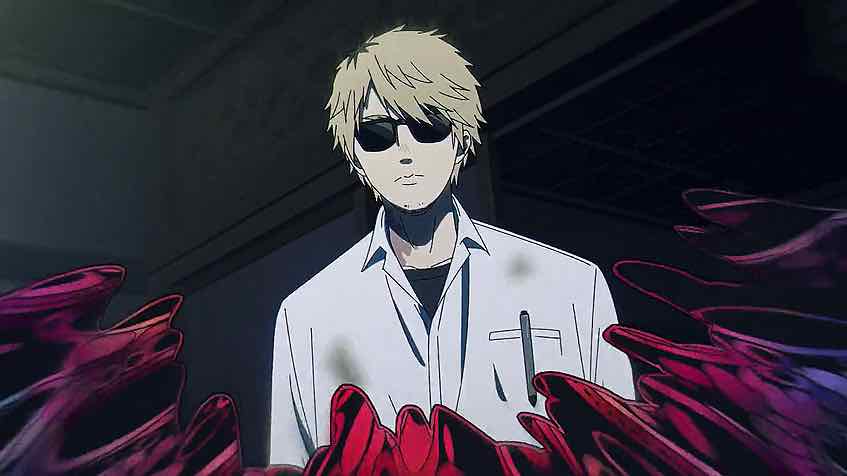 Of course, there are other ways this place practiced population control. There are many sources from which Yoshiki pieces together information – Old Man Takada, Kurebayashi-san, and now Yuuta-kun’s older brother, an occult otaku attending college in Tokyo. He tells his brother that the area was once a prominent refuge for persecuted Christians (though Yoshiki notes that there are no churches in Kubitachi). A local haunted tunnel is rumored to be such because a bunch of human bones were discovered there. But only torsos, mysteriously. What’s more, bits and pieces of human bodies were discovered in different locations in Kibogayama. Except the skulls – no one ever found those.
Of course, there are other ways this place practiced population control. There are many sources from which Yoshiki pieces together information – Old Man Takada, Kurebayashi-san, and now Yuuta-kun’s older brother, an occult otaku attending college in Tokyo. He tells his brother that the area was once a prominent refuge for persecuted Christians (though Yoshiki notes that there are no churches in Kubitachi). A local haunted tunnel is rumored to be such because a bunch of human bones were discovered there. But only torsos, mysteriously. What’s more, bits and pieces of human bodies were discovered in different locations in Kibogayama. Except the skulls – no one ever found those.
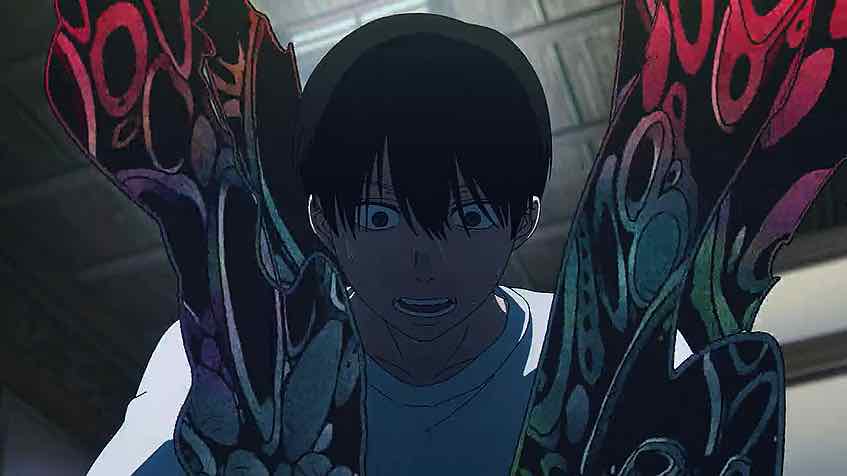 Hikaru, for his part, sleeps in the hospital for two days with a thin scar ringing his neck (surely that would raise questions?). Old Man Takada had a heart attack after their encounter, and his son admits to being relieved that his father probably won’t survive. Tanaka-san reveals to him that in fact he’s blind without his sunglasses – and to being annoyed that they’re a product of his company. His role in all this remains one of The Summer Hikaru Died’s greatest unknowns. He keeps referring back to his company, but offers Hajime no real answer as to his personal motivations in being here.
Hikaru, for his part, sleeps in the hospital for two days with a thin scar ringing his neck (surely that would raise questions?). Old Man Takada had a heart attack after their encounter, and his son admits to being relieved that his father probably won’t survive. Tanaka-san reveals to him that in fact he’s blind without his sunglasses – and to being annoyed that they’re a product of his company. His role in all this remains one of The Summer Hikaru Died’s greatest unknowns. He keeps referring back to his company, but offers Hajime no real answer as to his personal motivations in being here.
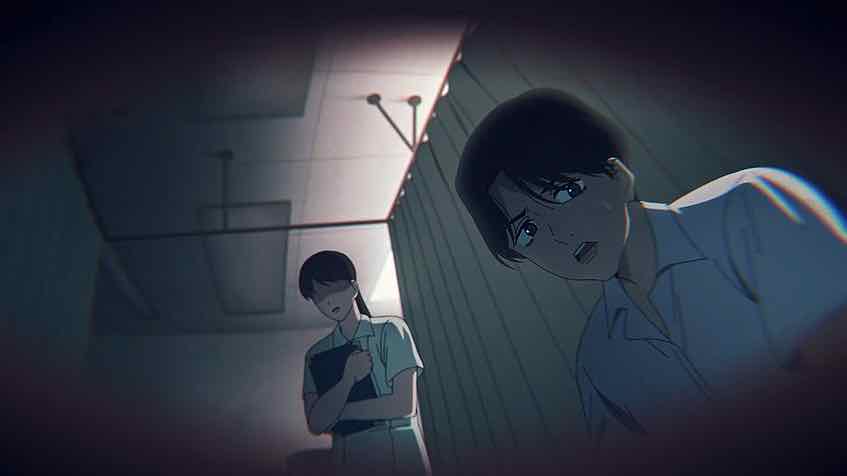
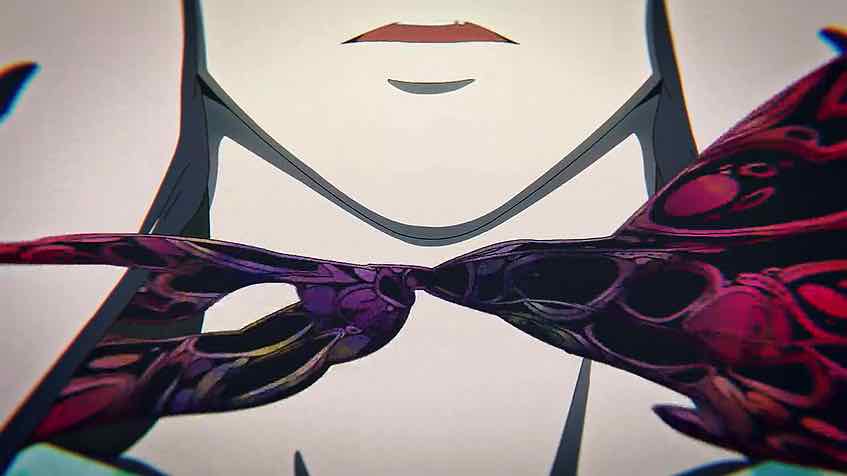 There’s another name that gets some play here – “Okubi-sama“. When Hikaru and Yoshiki go to investigate the family temple, they find it filled with hundreds of wooden busts of human heads (realistic enough that in the dim light Yoshiki mistakes them for the real thing). This triggers a memory of an earlier visit to the place in Hikar2, where Hikaru’s father told his son what those heads represented. They were sacrifices to Nonuki-sama, “mostly the ill and elderly” – but clearly not all. A visiting monk for one, “lots of others”, Hikaru’s dad tells him. Indeed, this is a “murder village” as Yoshiki describes it.
There’s another name that gets some play here – “Okubi-sama“. When Hikaru and Yoshiki go to investigate the family temple, they find it filled with hundreds of wooden busts of human heads (realistic enough that in the dim light Yoshiki mistakes them for the real thing). This triggers a memory of an earlier visit to the place in Hikar2, where Hikaru’s father told his son what those heads represented. They were sacrifices to Nonuki-sama, “mostly the ill and elderly” – but clearly not all. A visiting monk for one, “lots of others”, Hikaru’s dad tells him. Indeed, this is a “murder village” as Yoshiki describes it.
What we still don’t know is what the Indou family’s great sin was, the one Hikaru’s father told him of – annoyingly, Hikar2 still doesn’t remember that. We do know that “Hichi” is missing from its place in the shrine at the edge of town. Kubitachi, it seems, is different from the other villages in Kibogayama. Not just in the lack of churches, but with respect to the crimes of the past. Something terrible happened here, above and beyond even widespread human sacrifice, and it’s clear the Indou family was at the center of it.

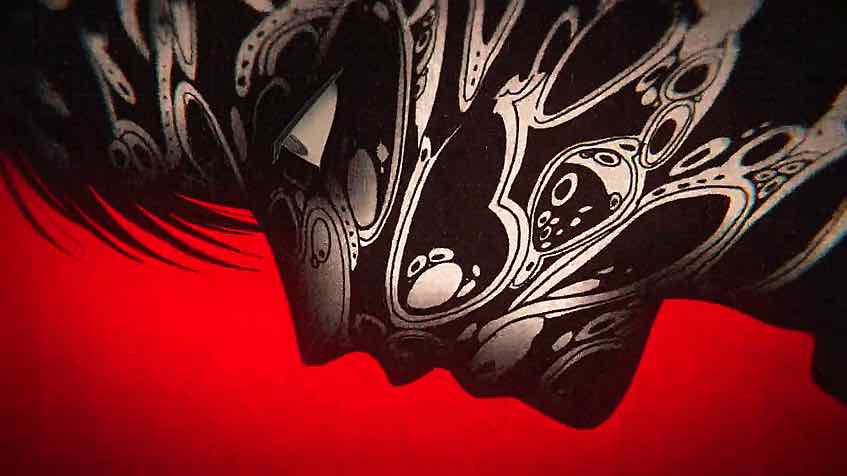
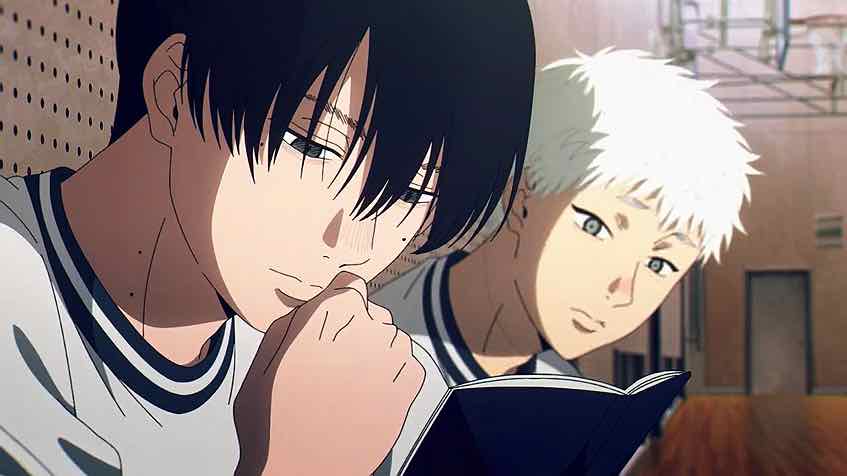
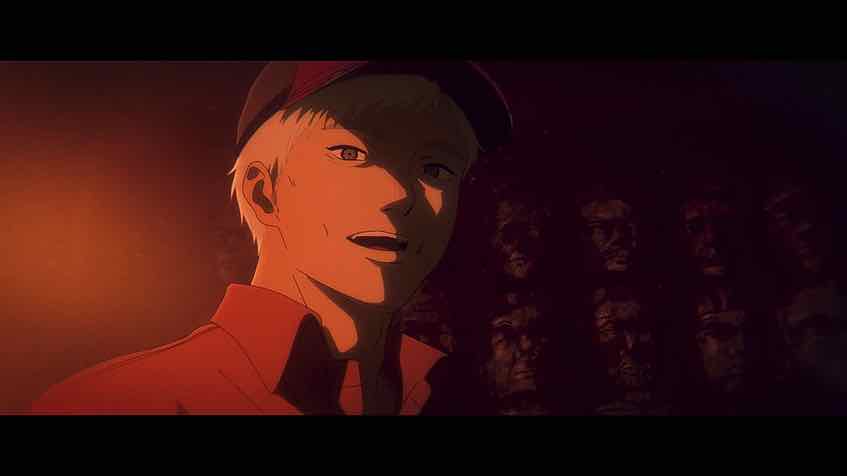
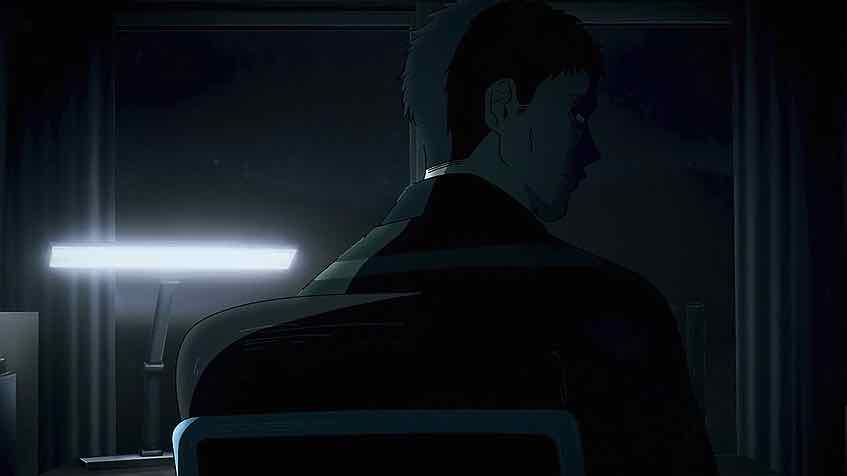
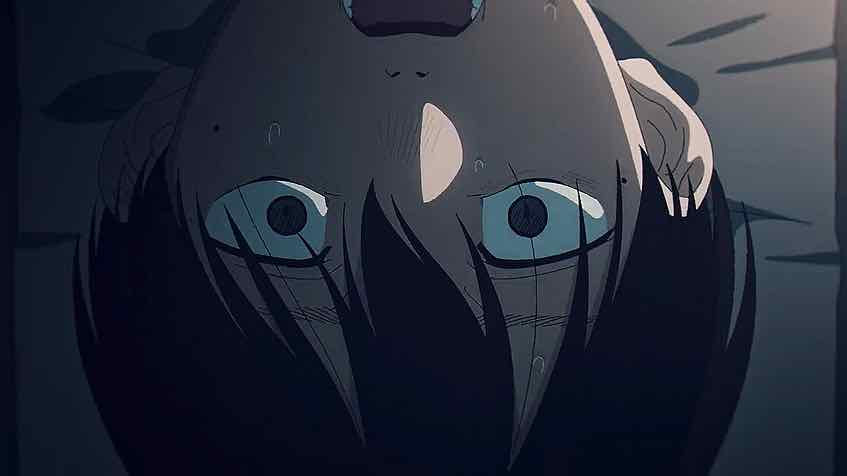
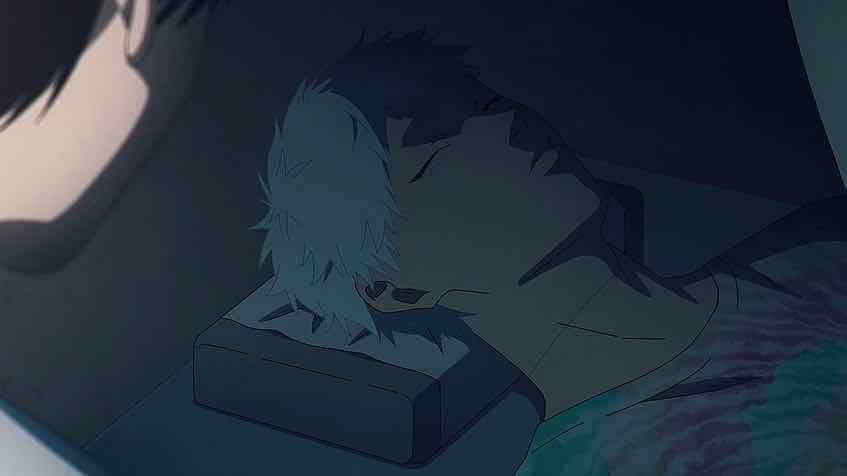
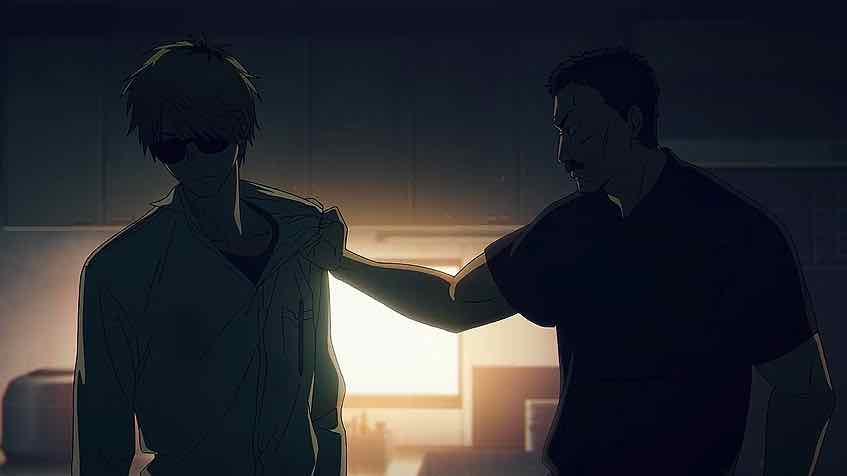
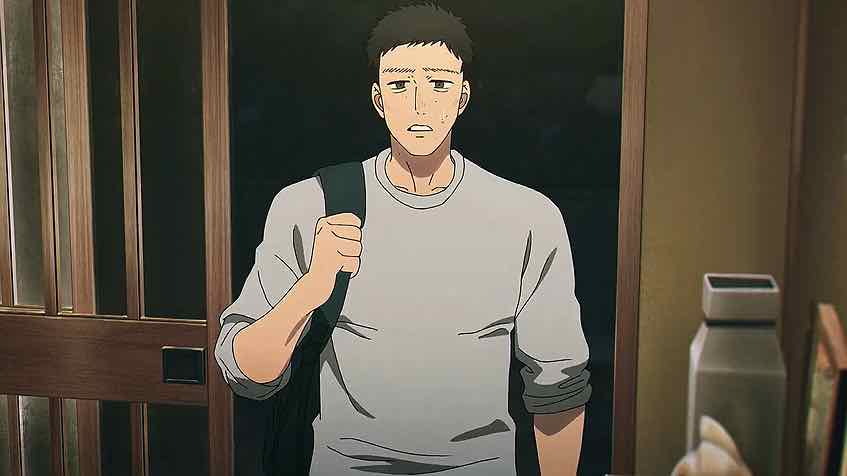
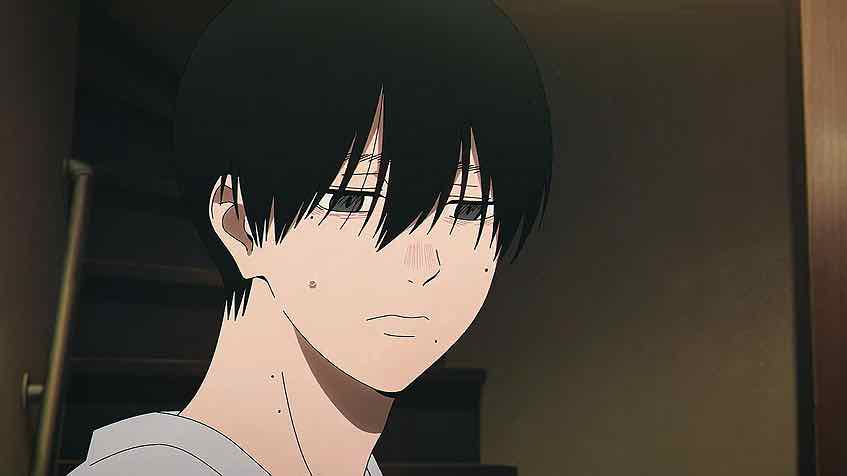
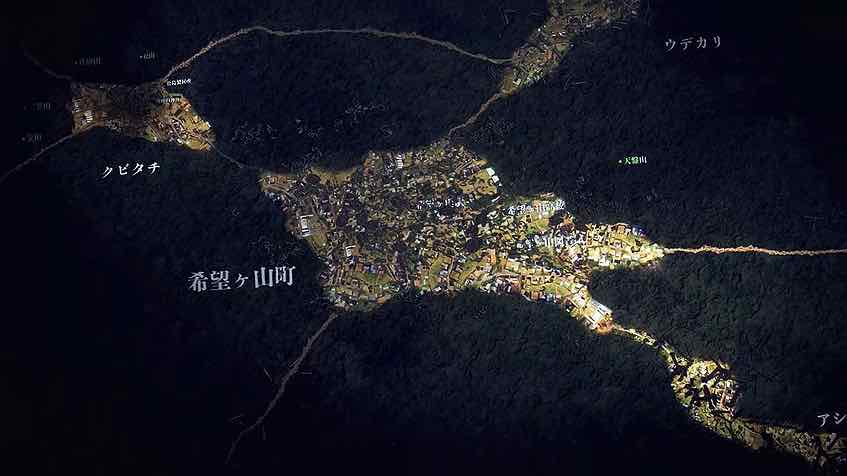
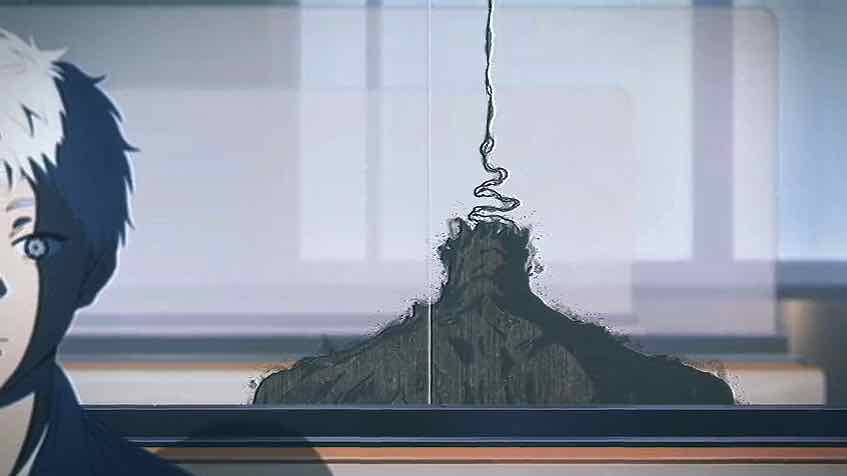
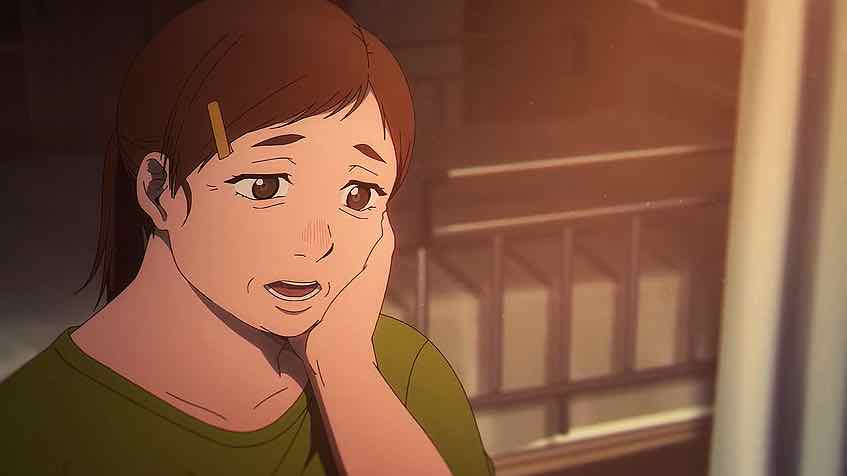
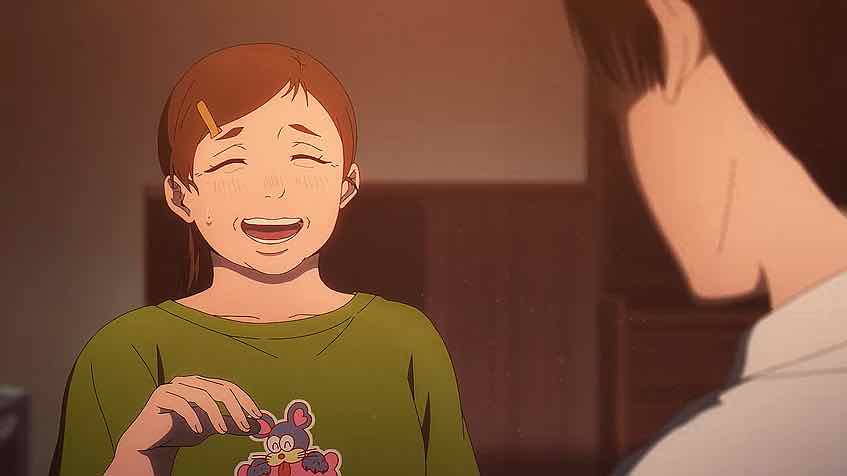
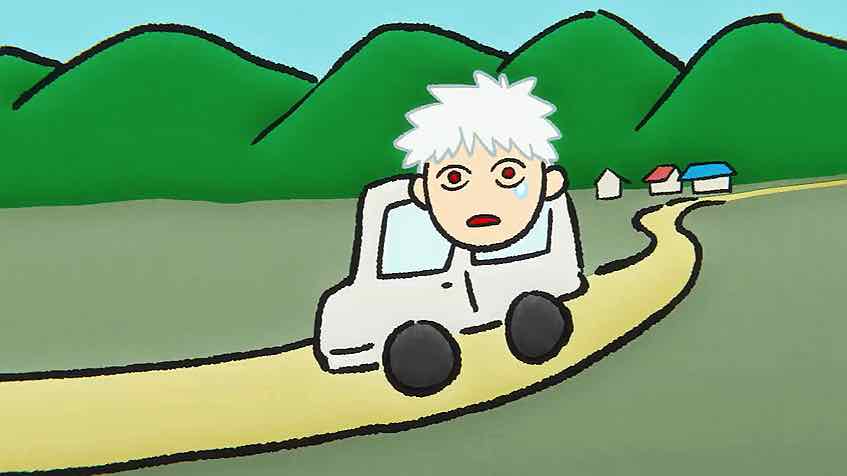
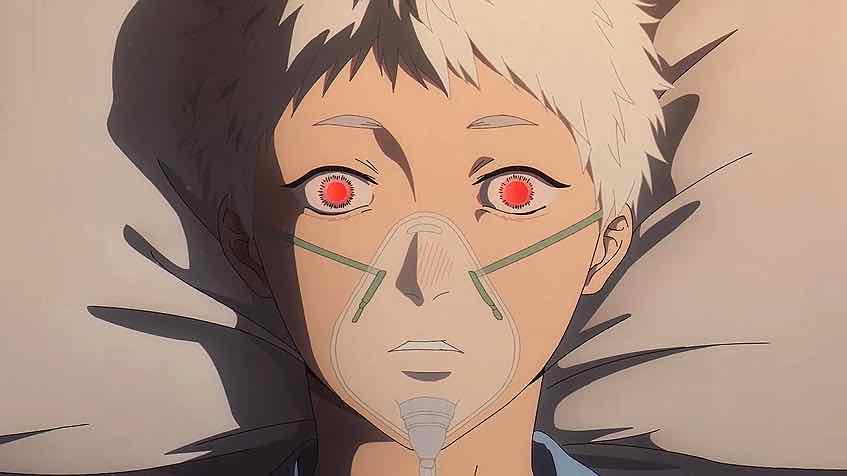
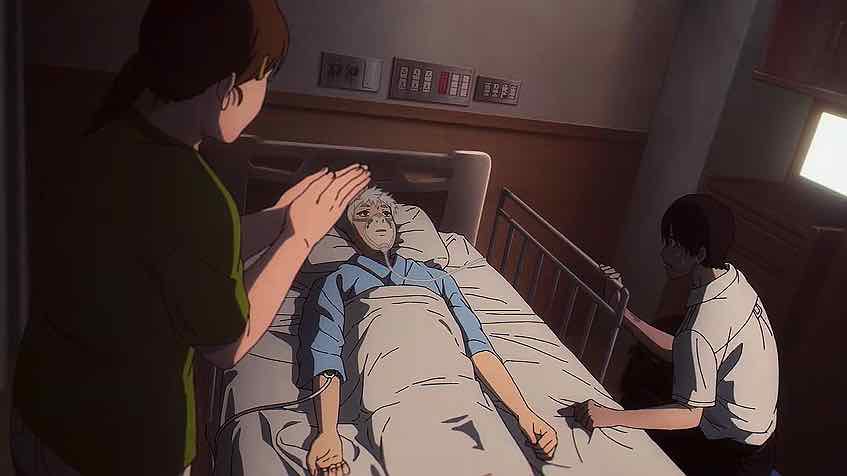
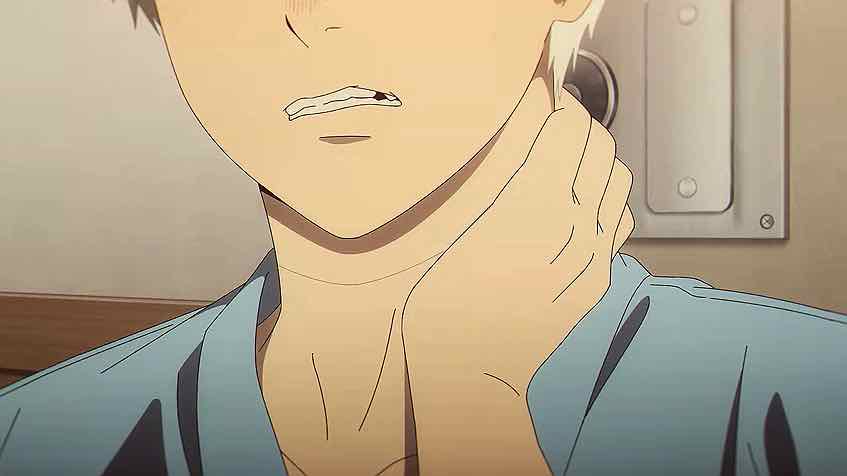
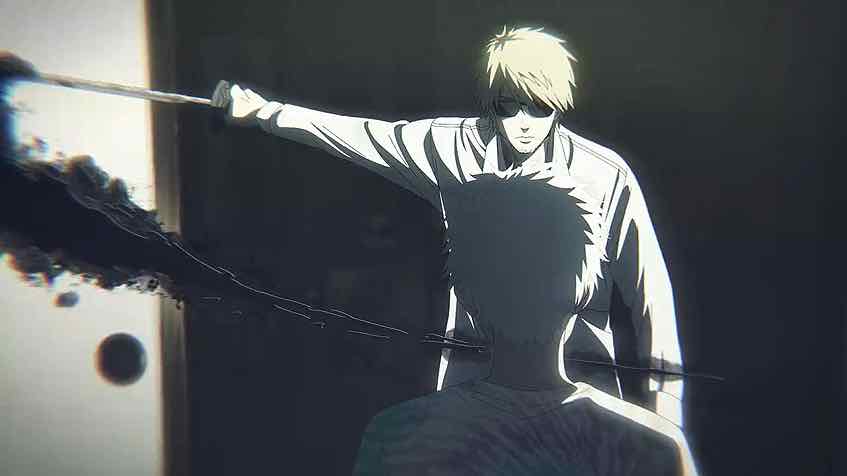

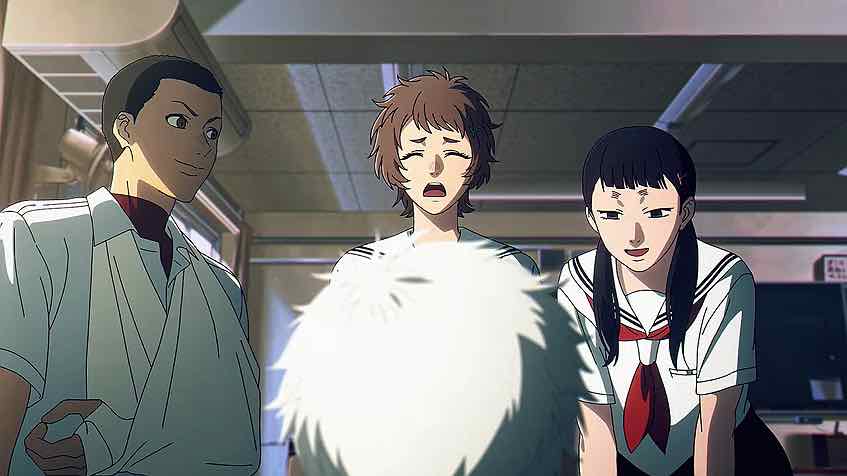
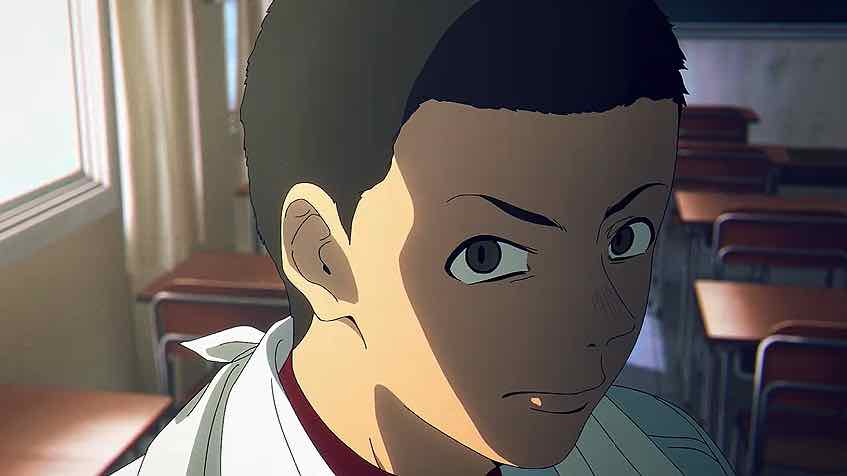
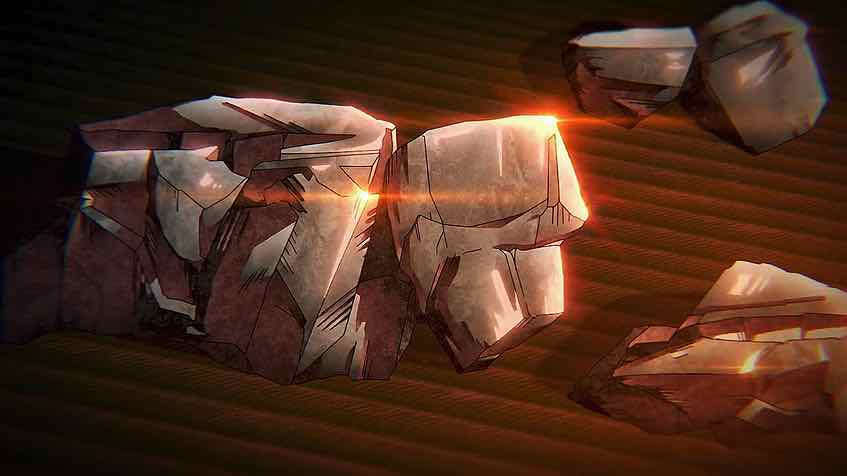

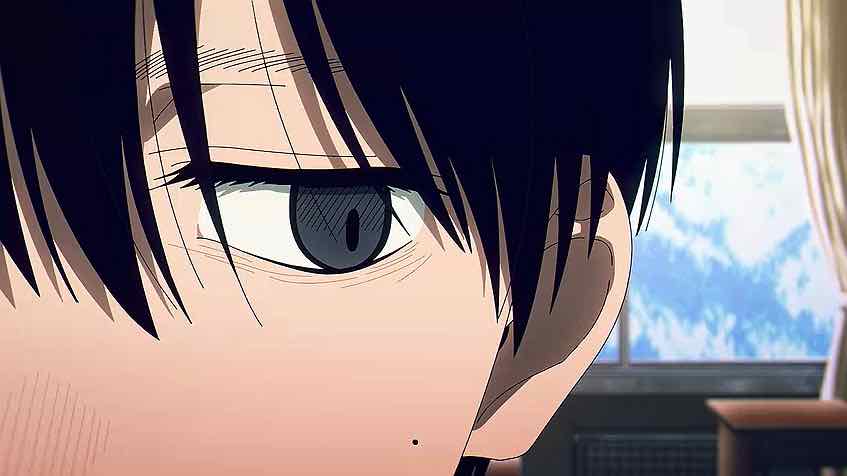
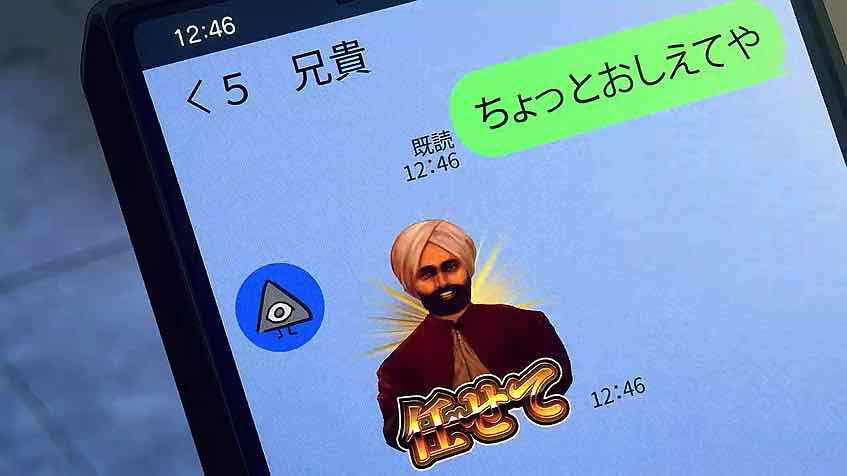
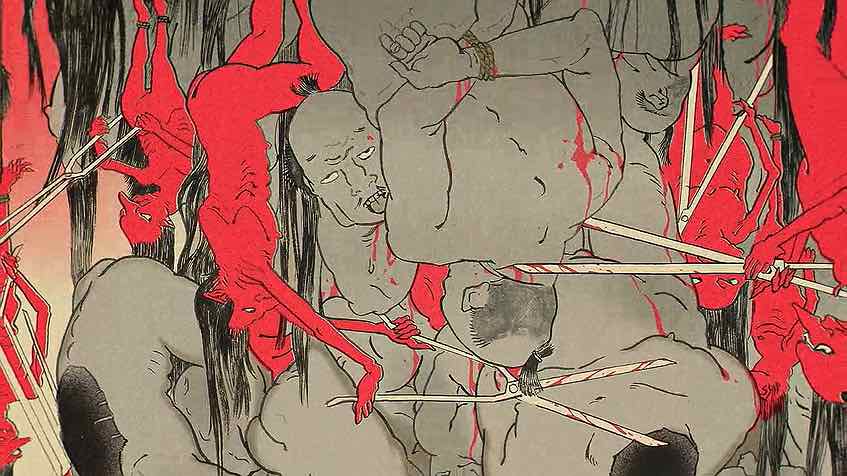
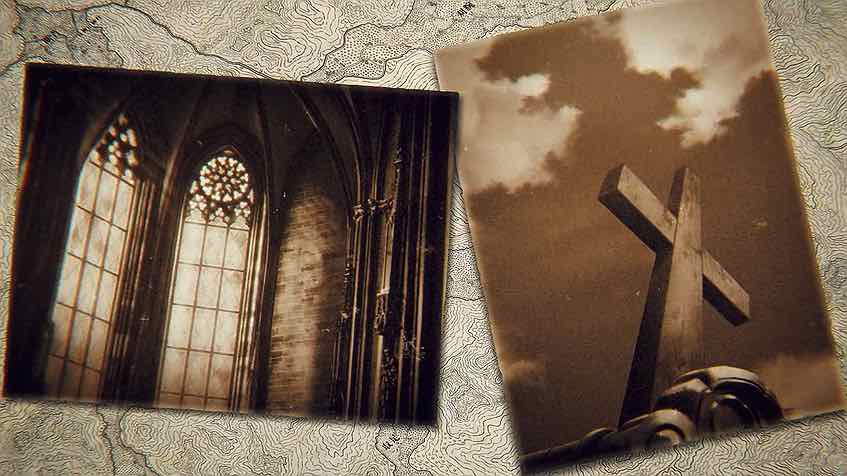
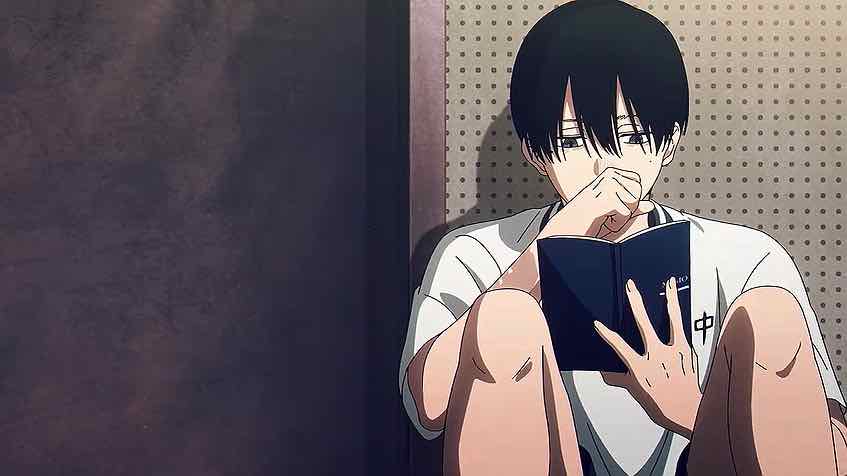
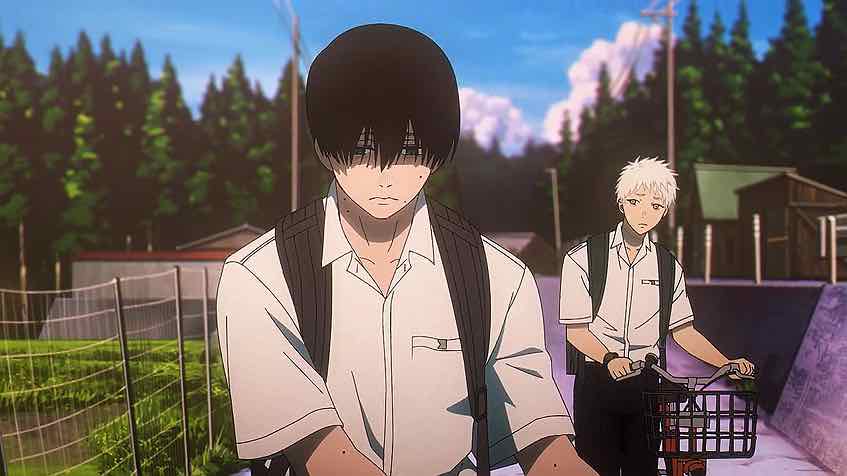
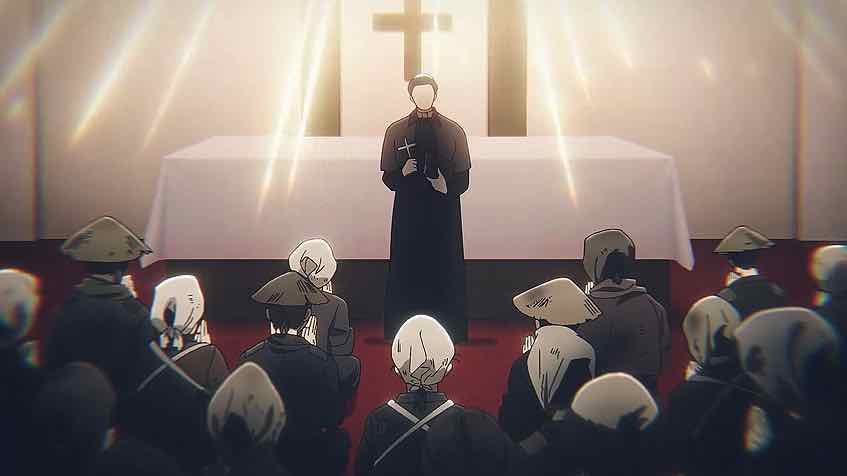
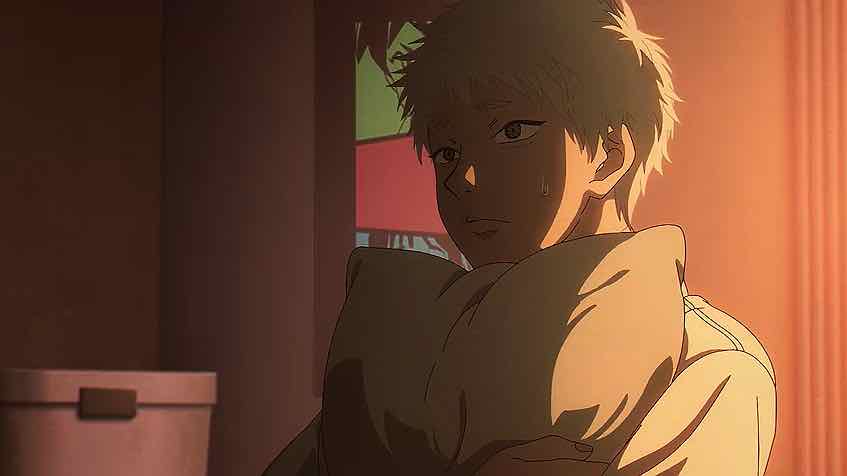
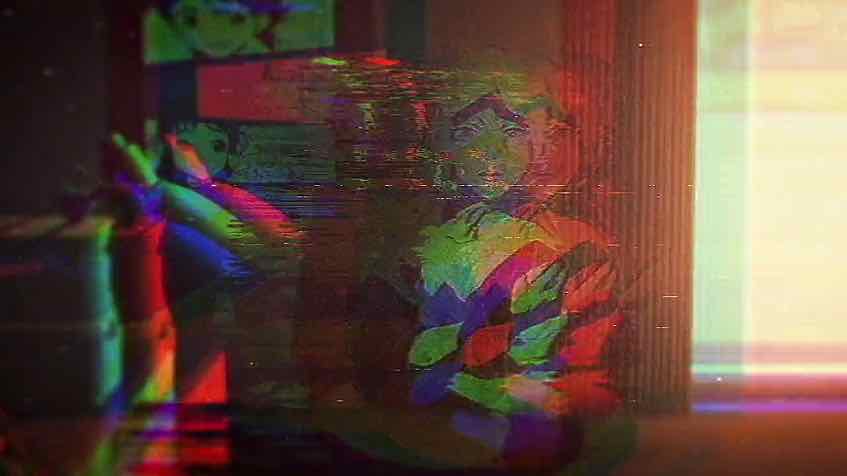
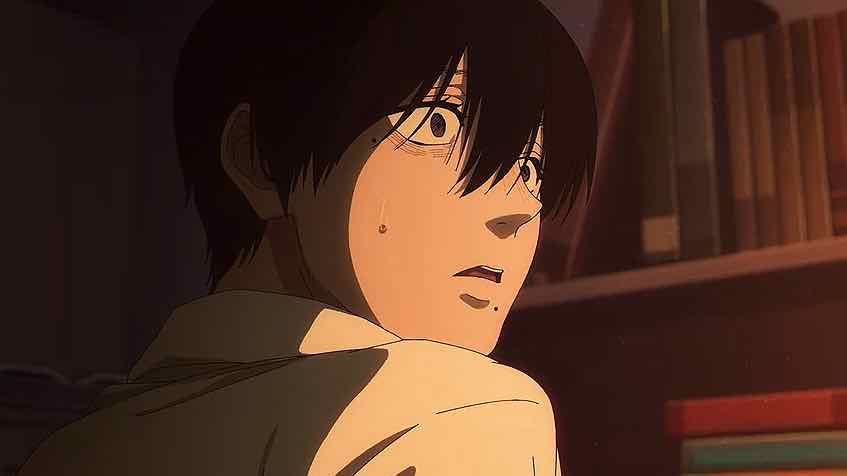
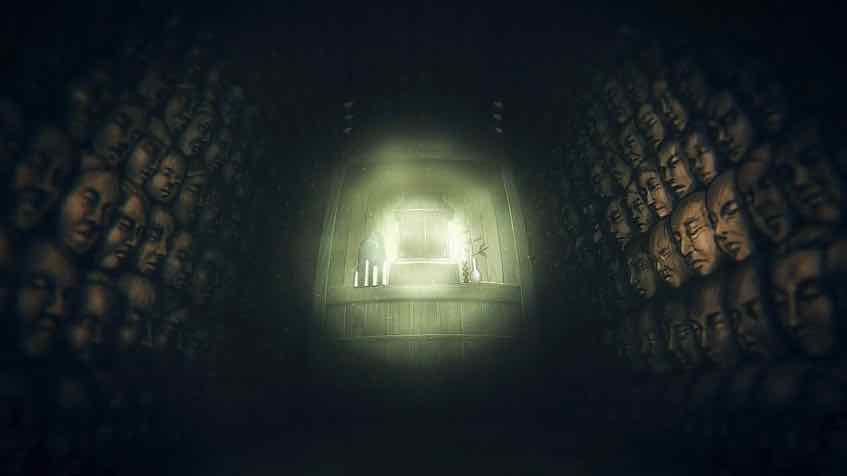
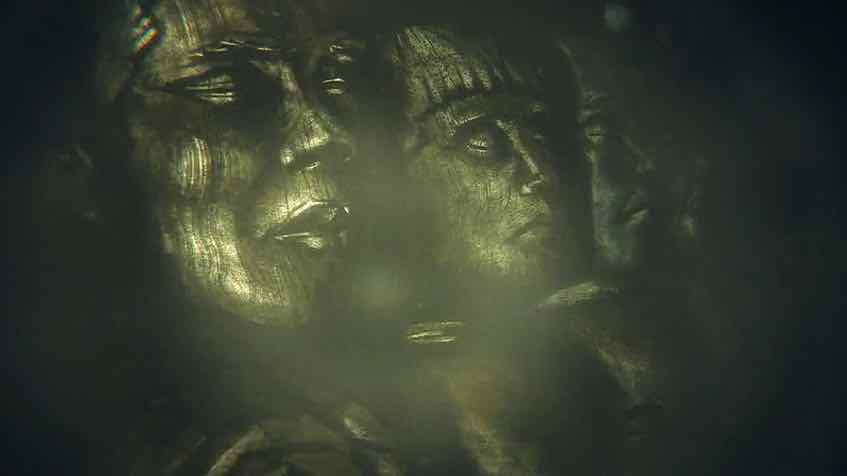
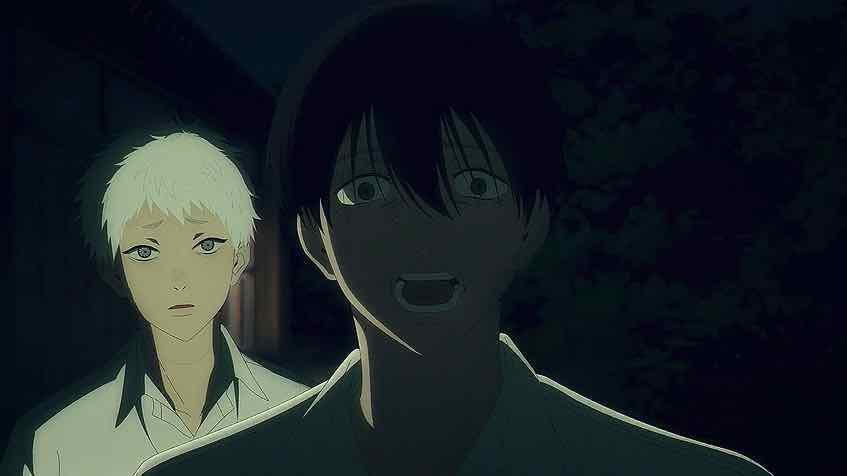
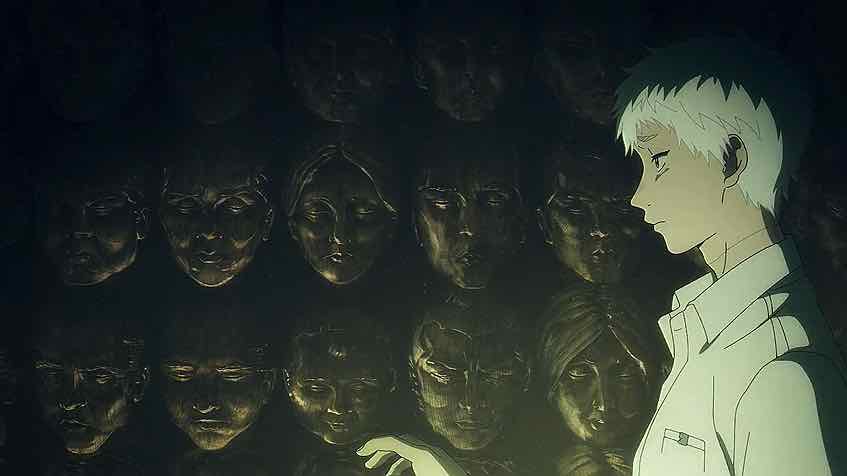
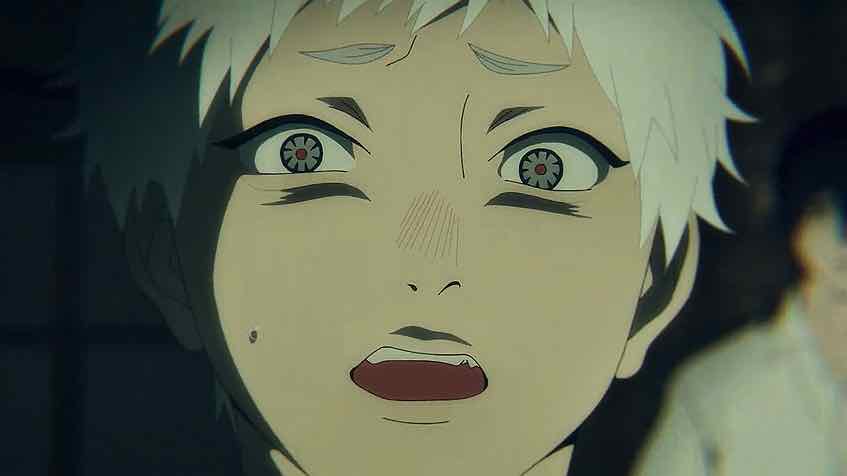
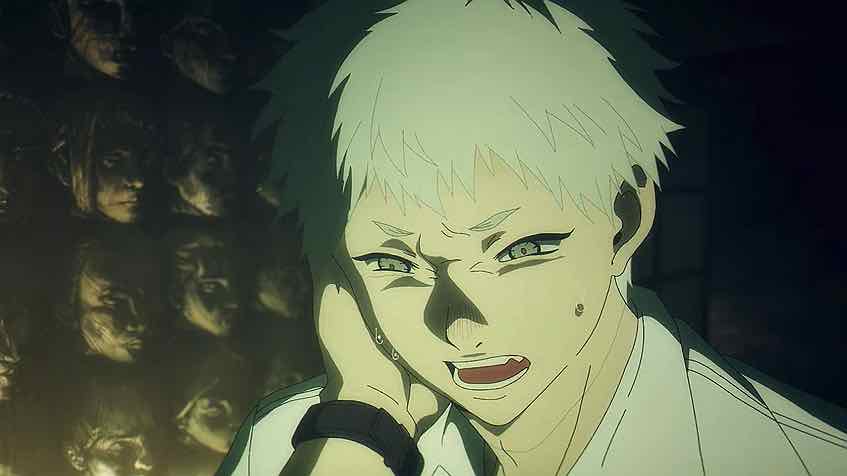

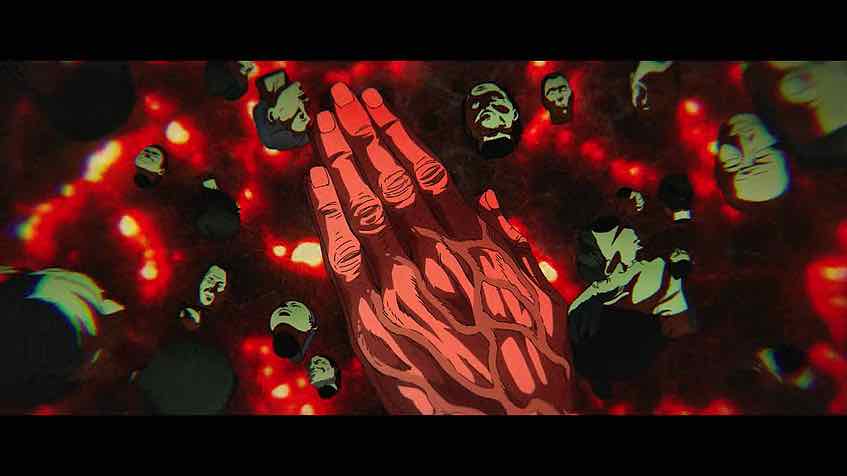
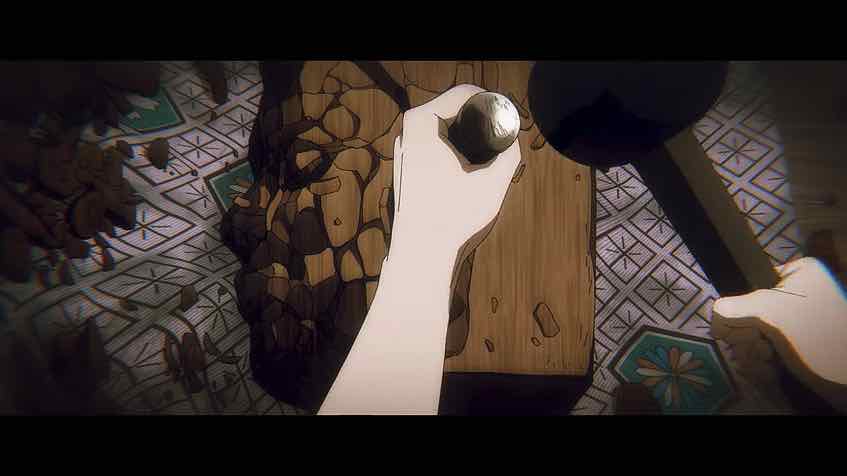
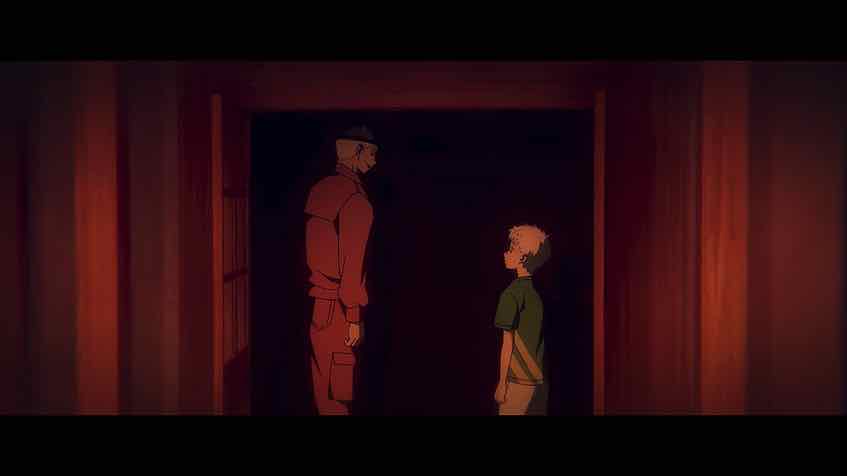
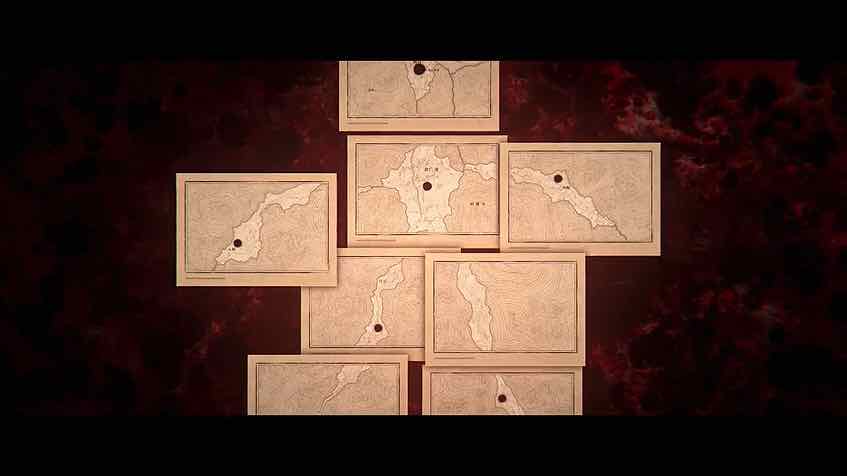
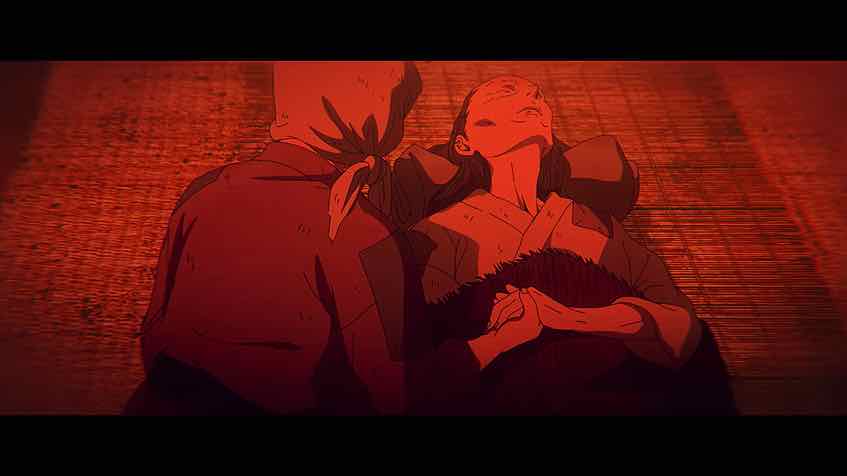
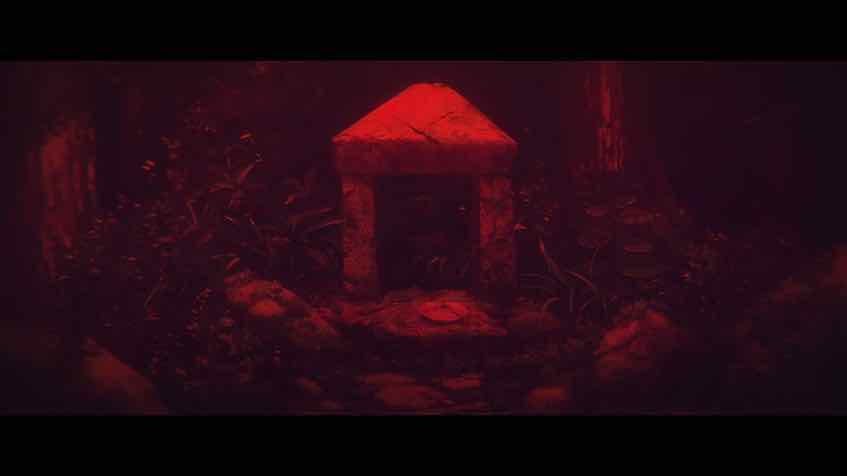
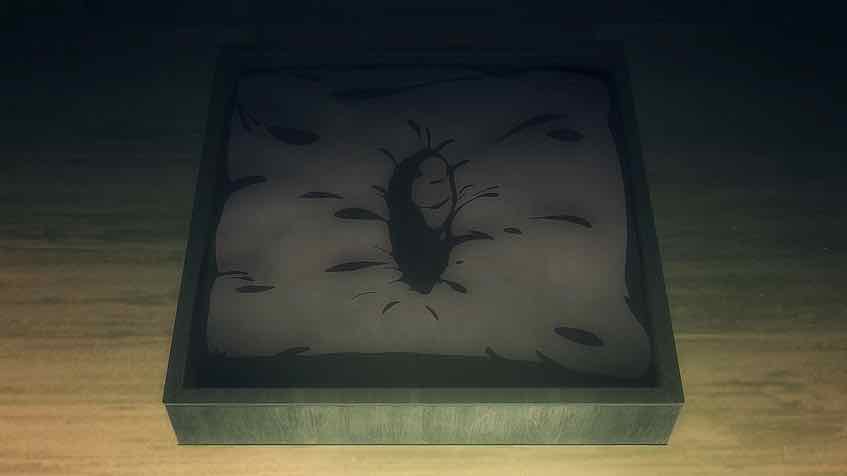
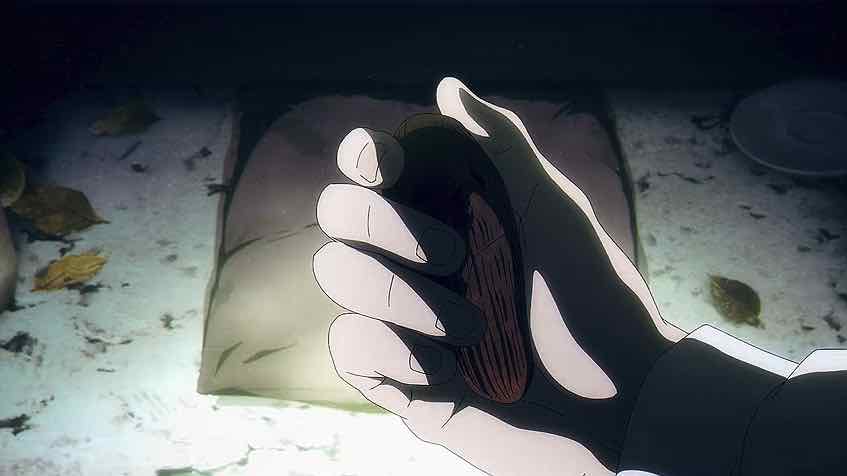

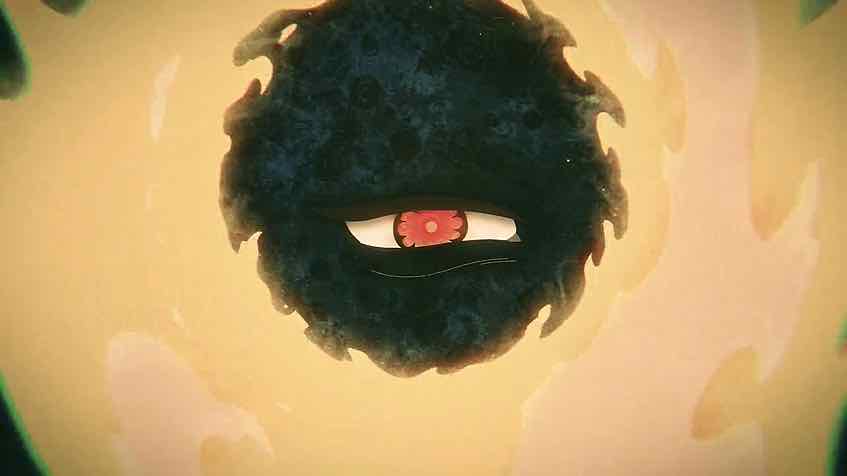
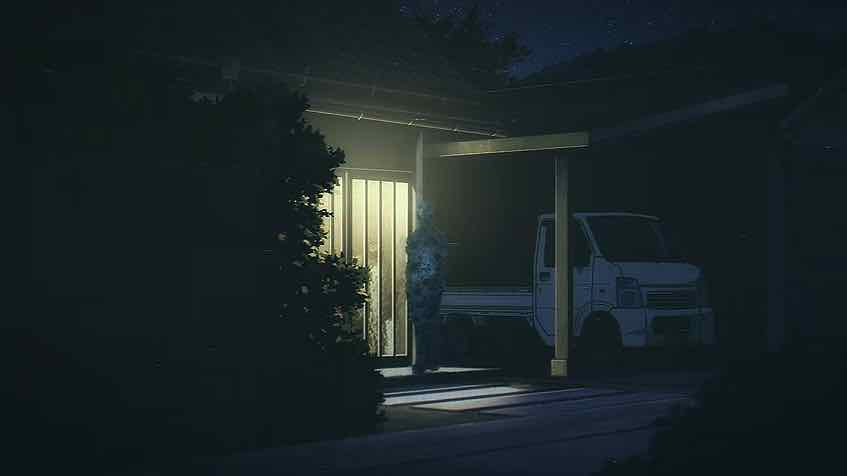
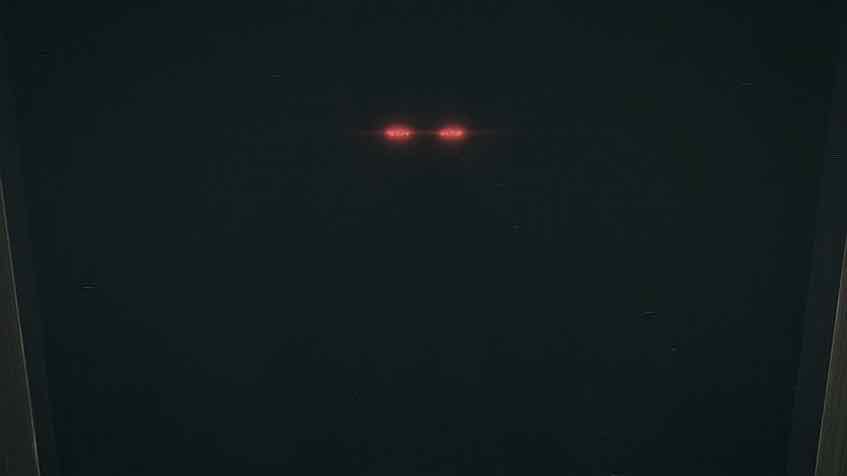
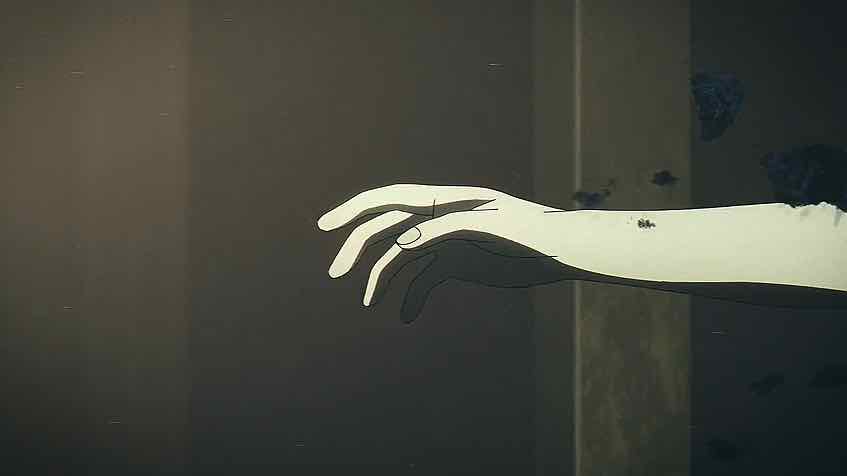
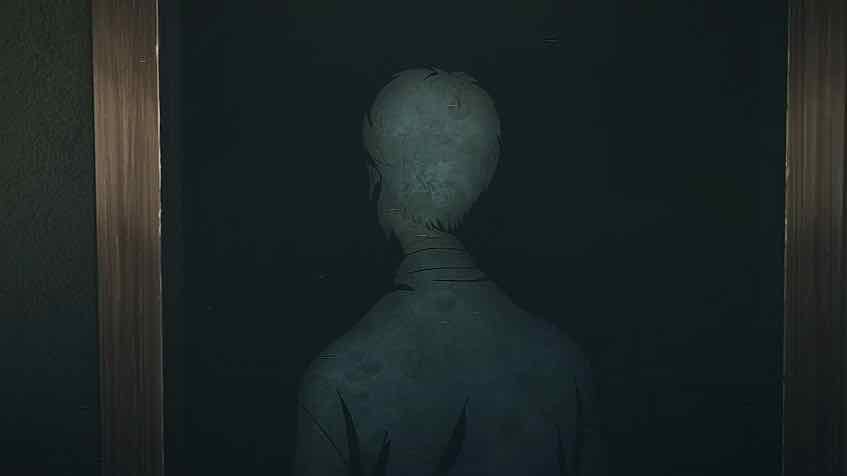
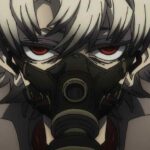
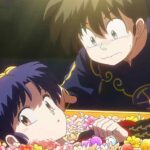
Rasu
September 14, 2025 at 4:52 pmThe neck mark appears in the ending